Seven years ago, like all beginners, I watched Bitcoin rise from 789 to 19783, suffering from FOMO (fear of missing out) and jumped in with all my funds, only to see a 40% drop a week later... But now my investment portfolio has outperformed the market by 470%, and the key is—the rolling operation method:
● Floating profit addition: After gaining floating profits, consider adding positions. However, before adding, ensure that your holding costs have been lowered to reduce the risk of losses. This does not mean blindly adding after making a profit but doing so at the right moment.
● Base position + T-roll operation: Divide funds into multiple parts, keeping a portion of the base position unchanged, while the other portion conducts high selling and low buying operations.
The specific ratio can be chosen based on personal risk preference and capital size. For example, one can choose to roll with half the position, roll with 30% as the base position, or roll with 70% as the base position, etc. This operation can lower the holding cost and increase profits.
In my definition of 'the right time,' I believe there are primarily two types:
1. Add positions during convergence breakout trends; quickly reduce the added positions after the breakout to eat the main upward wave.
2. Increase trend positions during pullbacks in the trend, such as buying in batches during the moving average pullback.
There are various specific ways to roll over positions, the most common being to achieve this through adjustments in holdings. Traders can gradually reduce or increase the number of holdings based on market changes to achieve profit. Traders can also use trading tools like leverage to amplify returns, but this will also increase risks.
Add risk.
Three factors to pay attention to in trading:
First, the factor is mindset.
Second, the truth of human nature.
Third, be diligent in learning and enhance your understanding.
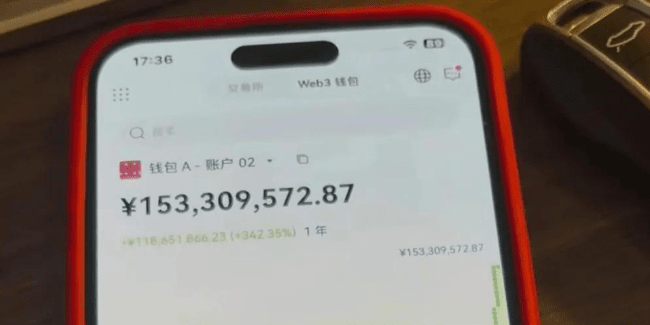
I will publicly share my ten years of cryptocurrency trading insights today, and I will deeply analyze these trading rules and strategies that have withstood the tests of the market, hoping to illuminate the path for your investment journey in the cryptocurrency space, helping you avoid detours and significantly increase your chances of profit.



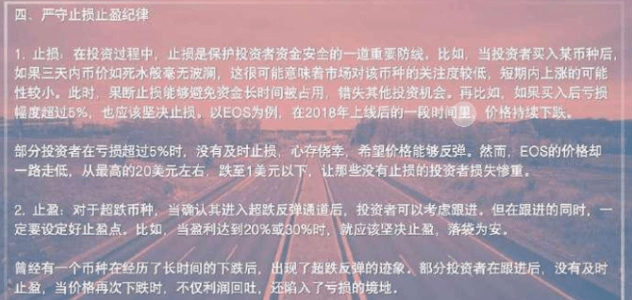



If investors can strictly follow these trading rules for cryptocurrencies and flexibly apply them in conjunction with the actual market situation, they will undoubtedly help everyone avoid common investment traps and significantly enhance their chances of profiting in the cryptocurrency market.
Seven trading tips and insights to help you achieve profits!
Today I will share seven trading techniques and insights; these details are also what I consistently practice in my daily routine, hoping to help you!
1. Observe the market after it stops trading.
Many of us retail investors are non-professional traders, lacking a complete trading system and stable psychological states, making us easily affected by market fluctuations.
When we are watching the market, our attention is entirely focused on very small fluctuations, even a slight pullback makes us feel very nervous, at this point, operations can become chaotic—positions that were previously favored are closed prematurely, while impulsive entries into unstudied markets lead to being trapped.
After the market stops, looking back feels like being possessed, trading done poorly.
Therefore, I suggest that those with poor self-control reduce the frequency of watching the market, or even avoid it altogether.
My habit is to review the market after the close because it does not involve current price fluctuations, which would not affect my mood, allowing me to rationally execute according to the trading plan.
When the stock price drops to a low level, enter when the price tests support and forms a reversal candlestick, and add positions after the stock price drops and forms a new reversal candlestick. After entering, use the previous high as the profit target for closing the position.
2. Use order placement more and market price less.
Order placement is the operation I use the most in trading, mainly serving two purposes: one is to reduce impulsive trading, and the other is to achieve better transaction prices.
When you use order placement, once you set your orders, you don’t need to watch the market constantly; you only need to check occasionally to see if the orders have been filled. When placing orders, you can also set stop-loss and take-profit orders simultaneously, which saves a lot of energy.
Many people like to stare at the market while trading; losing a little makes them cry out, and gaining a little makes them nervous about a pullback, making daily trading feel like a battle, sweating a lot.
In this mental state, it is impossible to perform well in trading. Therefore, I often say that one should maintain a certain distance from the market; physically, this means reducing the time and frequency spent watching the market, allowing one's mindset to remain stable, which is more conducive to making objective judgments.
Moreover, order placement usually occurs after a market pullback, making it advantageous compared to market price trading.
Do not underestimate the price advantage of entering by order placement; a better opening price allows orders to realize profits faster, enabling traders to gain psychological advantages quicker and expand the win-loss ratio, which is very helpful for subsequent trading execution.
Although this is a very small detail, after years of practice, it has been beneficial. Our success is built upon many small details.
3. Utilize technical pullbacks for short-term trades when holding floating profits.
Most trends operate in a manner of oscillating upward or downward. During the pullback process, holding profits may decrease, and our psychological pressure can be significant, worrying about whether the market will reverse and whether to continue holding. At this point, one can utilize the technical levels of the market for pullbacks to make contrary short-term orders.
For example, when holding a long position with floating profit, near the pressure level of the market, combined with the candlestick pattern to make a short position. After entering the short position, if the market falls back, the short position generates profit, and the profit from the long position decreases, but the overall profit will not decrease significantly. After the market retreats, near the turning point of the second launch, close the short position and continue to hold the long position.
Doing so can first alleviate psychological pressure during fluctuations and secondly increase profitability.
4. Be an independent trader.
Trading is a serious and very personal matter.
The money in the account is earned through our hard work, not picked up off the ground; we must be responsible for every penny.
Many people, when feeling uncertain about something, habitually seek help from others or discuss with others to gain a sense of approval and thus become more confident in their decisions; however, this is a taboo in trading.
Because everyone's judgment of direction, the points for opening and closing positions, the proportion of positions, and the indicators and cycles used are different and have their own standards. Once discussions occur, the insecurities inherent in human nature are triggered, leading to doubt about one’s trading strategy, ultimately resulting in anxiety and losses during trading.
In 'The Crowd' it is said that when one enters a group, their intelligence significantly decreases; to gain acceptance, individuals are willing to abandon right and wrong, exchanging intelligence for the security of belonging. Therefore, when trading, do not fall into this thinking trap; try to find a relatively quiet environment where you can think independently, develop, test, and adjust your strategies, and finally execute them independently.
As for feelings of loneliness, they definitely exist, but in the face of making money, this slight feeling of loneliness is nothing; once you achieve real profits, you will understand.
5. Non-action governance.
Today I saw the following passage and felt deeply moved! What successful trading really means is no trading!
Let’s look at it from a Buddhist perspective: If I were blind, marrying Xi Shi or Dong Shi would make no difference.
If I were deaf, then praising or scolding me would make no difference. If I lost my sense of smell, then being in a toilet or a sea of flowers would make no difference.
If I die, whether my body is eaten by dogs or given a grand burial makes no difference.
The reason why people feel troubled, why they have fluctuating emotions, love and hate intertwined, is that it is due to their deluded minds making distinctions! Because of the mind's distinctions, good and evil, beauty and ugliness, right and wrong arise, which everyone knows; beauty is seen as beauty, and thus evil is also recognized.
Your clinging to love gives rise to greed; when greed goes unfulfilled, it breeds anger; the intertwining of love and hate results in confusion. The cycle of greed, anger, and ignorance, driven by karma, ultimately attracts countless good and evil results, each one falling to you without exception. Your fate becomes predetermined, cycling back and forth in cause and effect. Heaven and earth are indifferent, treating all things as straw dogs, for the Way has no distinctions.
Thus, the master of all things, the eyes, ears, nose, tongue, body, and mind can perceive color, sound, fragrance, taste, touch, and phenomena, all due to the marvelous use of the mind. The mind perceives all things and responds to all things but is never stained and never directly takes from anything; thus, the mind is inherently complete, allowing it to generate all phenomena.
The essence of cultivation is to clarify the mind. How to clarify? When you have no distinctions, do not know the two ends, you should not cling to anything, then the Bodhi mind will naturally manifest.
Likewise, how to trade? When you have no thoughts of trading in your heart, you can naturally traverse the bull and bear markets!

Cryptocurrency Space Revealed: How to steadily profit, avoid risks, and achieve double returns through rolling operations?
In the cryptocurrency market, many investors harbor dreams of getting rich overnight, blindly following trends, and often find themselves trapped at high prices, falling into a pit of losses. As an experienced investor, I want to tell you that those who can truly achieve stable profits in the cryptocurrency space are not the speculators chasing short-term profits, but those with rational thinking and a steady approach. Today, I will share how to invest steadily in the cryptocurrency space and how to achieve long-term stable profits through rolling strategies and reasonable position management.
Below, I will share the basic concepts of the cryptocurrency trading system, market analysis, investment strategies, risk management, technical tools, ecological applications, and regulatory policies.
I hope to provide a comprehensive summary of cryptocurrency trading knowledge, hoping that stock friends can find methods suitable for themselves and what they want to learn.
Overview of the cryptocurrency trading system:

1. Basic Concepts in the Cryptocurrency Space
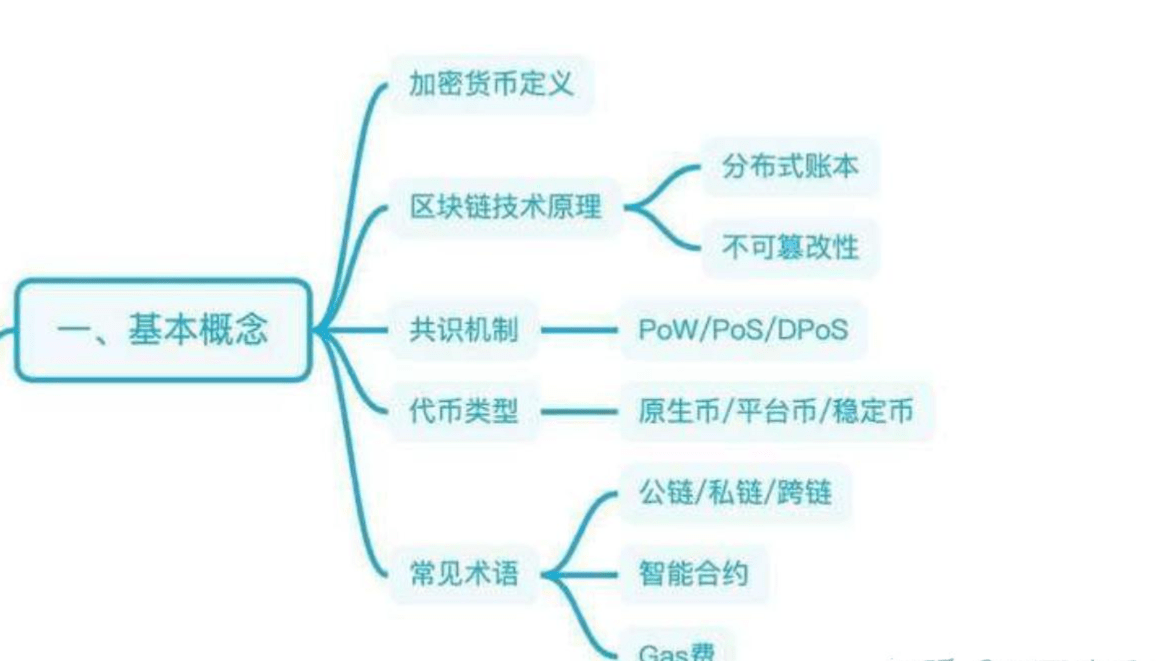
2. Market Analysis in the Cryptocurrency Space

3. Investment Strategies in the Cryptocurrency Space
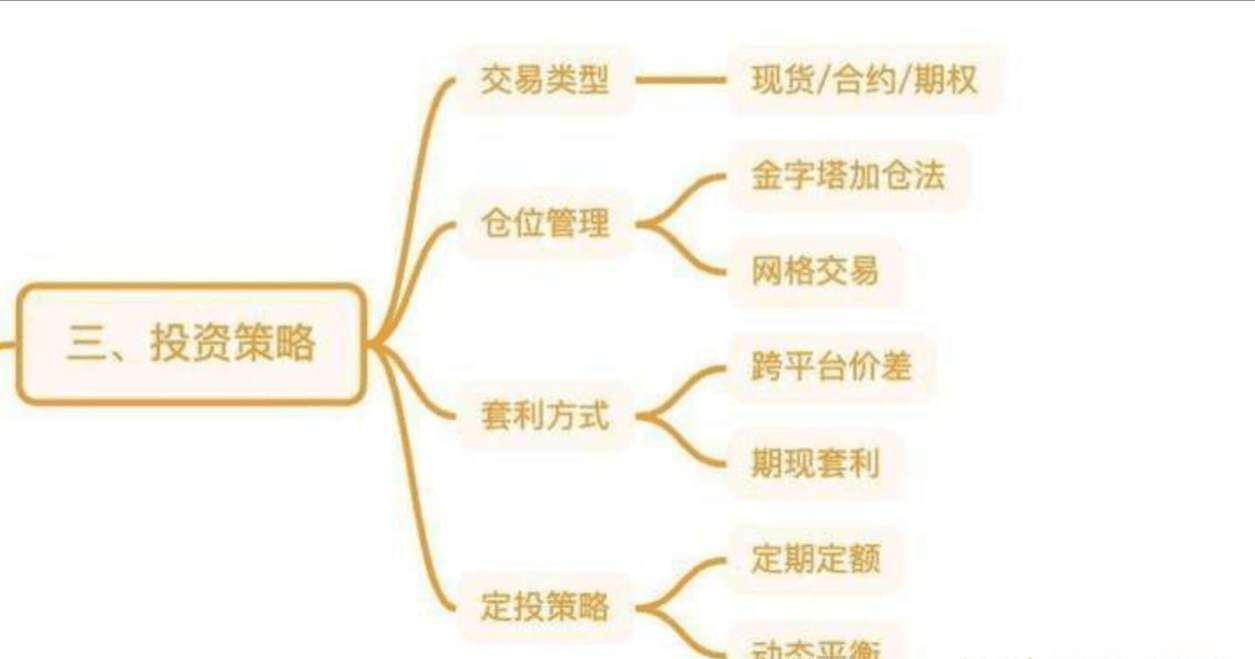
4. Risk management in the cryptocurrency space.
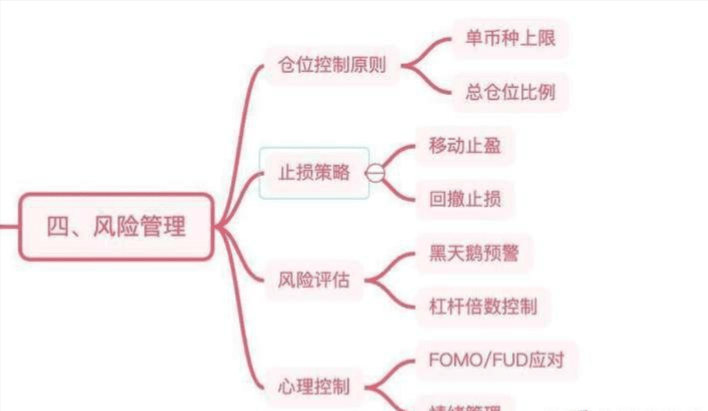
5: Technical Tools in the Cryptocurrency Space
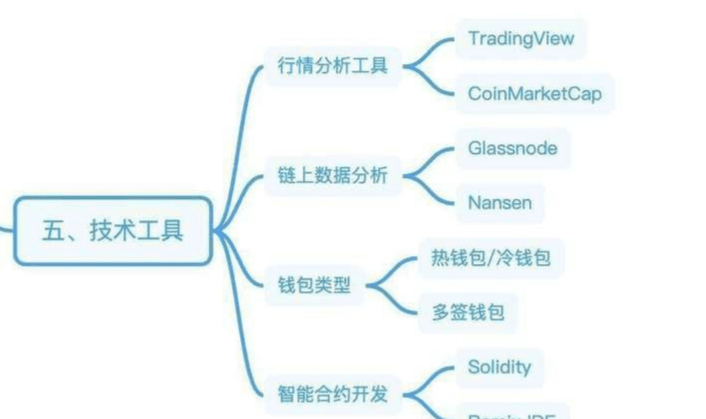
6: Ecological Applications in the Cryptocurrency Space
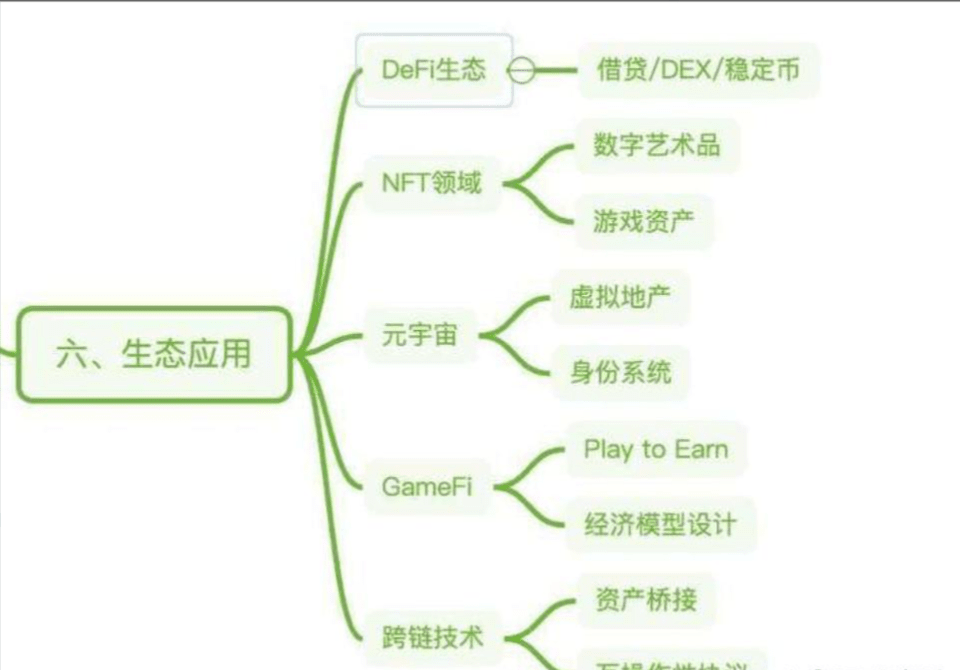
7: Regulatory Policies in the Cryptocurrency Space
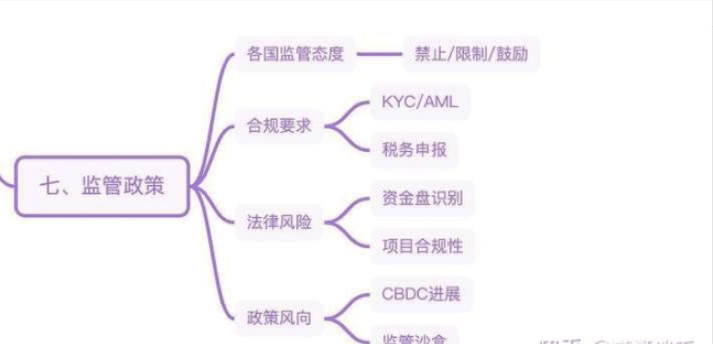
1. The mindset for investing in the cryptocurrency space: control emotions, avoid greed.
In the cryptocurrency space, successful trading relies not only on technical analysis but also on good mindset control. Many investors make irrational decisions due to emotional fluctuations during market movements. For example, they impulsively chase prices up when they see a significant rise and panic sell when they see a drop. This emotional trading is one of the primary reasons retail investors incur losses.
As an investor, you need to remain calm and rational. Especially when facing significant market fluctuations, you need to be firm in your investment strategy and avoid blindly chasing highs and cutting losses. Do not let short-term price fluctuations affect you; instead, make rational judgments based on long-term market trends for when to buy and sell.
2. Position Management: Reduce Risks, Ensure Steady Profits
Position management is one of the most important parts of investing. Especially in the cryptocurrency space, where market fluctuations are severe, reasonable position management can help you retain capital during market pullbacks and achieve quick profits during market upswings. Here are my personal suggestions for position management:
1. Position management, reduce risk.
The core principle of position management is to diversify risks and not invest all funds into one trade. If you have $30,000, you can allocate your positions as follows:
Divide the funds into three portions, each of $10,000.
Use one portion of your funds for each position. This way, even if a loss occurs, it will not affect all your capital.
Specific leverage settings: For major coins (like Bitcoin), use no more than 10x leverage; for altcoins, leverage should not exceed 5x.
2. Operations for adding and reducing positions.
When in profit, consider adding positions. Especially when the market trend is clear and the conditions are good, adding positions can amplify profits. However, before adding positions, ensure that your costs have been lowered to avoid blind additions leading to greater risks. One misconception to avoid here is that floating profits are not a reason for unlimited position additions; it is essential to ensure that the market trend continues to develop favorably.
3. Set stop-loss and take-profit points to avoid excessive greed.
Setting stop-loss and take-profit points is a basic operation that every investor needs to establish. If stop-loss points are not well set, one might miss the opportunity to exit due to small fluctuations, which can lead to significant losses; unreasonable take-profit points might cause one to miss out on profits during price reversals. A reasonable stop-loss and take-profit strategy can help you protect profits and avoid emotional disturbances from chasing highs and cutting losses.
3. Rolling strategy: Capture the market's 'big opportunities'.
The rolling strategy is achieved by increasing positions in a major trend to realize compounding effects. Many investors misunderstand rolling as blindly adding positions, but in fact, rolling is a very timing and strategy-focused operation method. It is suitable to roll only when the market trend is clear and signals are strong.
Three major applicable scenarios for rolling operations:
1. Choosing a direction after a long period of sideways movement: When the market enters a sideways fluctuation phase, and price fluctuations narrow, it usually indicates that there will be a breakout in the future. At this point, if the market breaks through key support levels above or below, rolling operations can be executed.
2. Pullback after a significant rise in a bull market: Pullbacks in a bull market are often a good buying opportunity. When a pullback of 20%-30% occurs after a significant rise, it is suitable to add positions and wait for the market to recover.
3. After breaking through key resistance levels: When the market breaks through long-term key resistance or support levels, it usually means that the price will enter a new upward cycle. At this point, rolling operations can yield substantial returns.
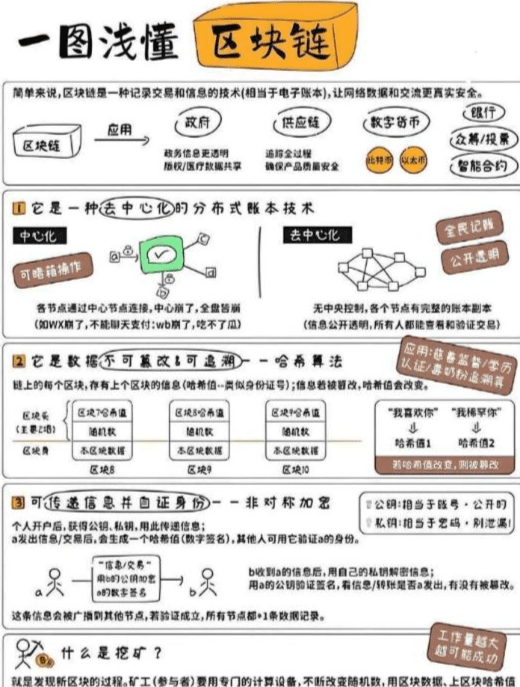
Specific methods for rolling positions:
Floating profit addition: If you have gained floating profits after a market rise, you can consider adding positions, but the premise is that you have already lowered your holding costs to minimize risks. This does not mean blindly adding positions after making a profit, but rather doing so at the right moment.
Base position + T-roll: Divide funds into two parts, keeping one part as a static base position and using the other part for high selling and low buying rolling operations. This can not only reduce losses but also gain profits amidst fluctuations.
4. Risk management: Staying calm amidst fluctuations.
In the cryptocurrency market, risk control is key to determining long-term profitability. The market's volatility is significant, and rapid price fluctuations often impair investors' emotions, leading to wrong decisions. Therefore, maintaining a good risk control mechanism is essential.
1. Establishing risk tolerance:
Mental preparation: The pullback range in the cryptocurrency market is usually large, so you must be psychologically prepared to withstand a 30%-50% pullback. Only with a calm mindset can you achieve maximum returns amidst market fluctuations.
Diversify investments: Do not concentrate all funds in one trade. Diversification effectively reduces risks caused by fluctuations in a single market.
2. Avoid excessive speculation with high leverage:
The high leverage characteristic of the cryptocurrency market can easily lead investors to develop an overly speculative mentality, but behind high leverage lies huge risks. When engaging in leveraged trading, it is essential to act within your means, control the leverage ratio reasonably, and ensure that risks are manageable.
5. Conclusion: Rational investment, stay away from the fantasy of 'getting rich quickly.'
Through reasonable position management, rolling strategies, setting stop-loss and take-profit points, and market trend analysis, you can achieve stable profits in the cryptocurrency market. However, remember that the cryptocurrency space is not a place for overnight riches. Investors should remain rational and not blindly pursue short-term profits, but focus on long-term planning. The high volatility of the market and short-term temptations can cause you to lose your rationality, but only by maintaining a calm mindset and employing scientific investment methods can you progress steadily in this turbulent market.
BEH BETUS PEPE



